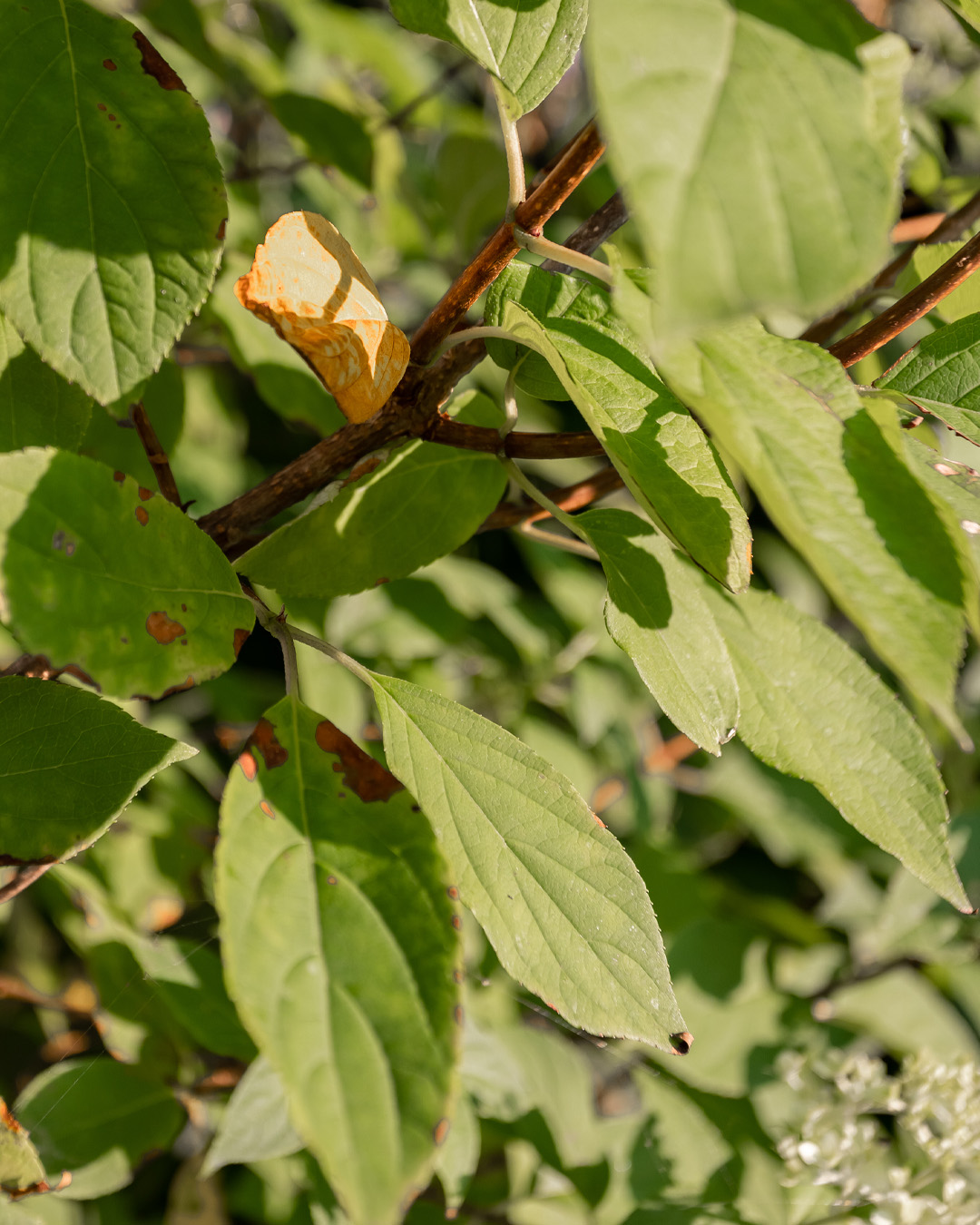Hydrangea Leaves Turning Yellow Things To Know Before You Get This
Wiki Article
The smart Trick of Hydrangea Leaves Turning Yellow That Nobody is Talking About
Table of ContentsGet This Report on Hydrangea Leaves Turning YellowThe Best Strategy To Use For Hydrangea Leaves Turning YellowThe Hydrangea Leaves Turning Yellow PDFsHydrangea Leaves Turning Yellow Fundamentals Explained
One opportunity is that the plant is not getting sufficient sunlight. During the winter season, the days are shorter, and the sunlight is not as intense, so make certain to position your Hydrangea in an area where it will access the very least six hours of sunlight every day. One more factor for Hydrangea yellow leaves in wintertime can be as well much water.The fallen leaves might be turning yellow due to temperature anxiety. Hydrangeas like cooler temperatures, so if the plant is in a place that gets too hot or too chilly, the fallen leaves will certainly turn yellow. If you believe temperature stress could be the concern, attempt moving your Hydrangea to a different location or shielding it from the components with a burlap cover.
New growth will be observed in very early springtime, when you'll notice environment-friendly foliage growing from stems that may have shown up dead. However, if your leaves are transforming brown in spring or summertime, there are likely various other factors at play. The accurate reasons depend on the variety and their expanding problems, but as a whole, brownish hydrangea fallen leaves are a sign of dehydration and wilting in the warmth
In the springtime when the mercury remains relatively low, they'll do great. When things warm up over the summer season nonetheless, time spent in the very early mid-day rays can trigger untold damage.: Grow your hydrangeas in an area where they'll obtain sunlight in the early mornings or evenings, yet not throughout the peak hours.
Fascination About Hydrangea Leaves Turning Yellow
Wilting is brought on by lack of wetness, implying there are a few excellent methods to make use of to stop this from happening. Offer your hydrangeas a healthy and balanced glug of water every couple of days when the temperature levels are climbing up high, and treat the soil to much better maintain dampness. After watering, a bit of compost around the base of each plant must aid with this by maintaining dampness in the dirt.This interferes with fungi spores from settling. "The Botrytis fungus prospers in trendy and wet conditions, so avoid showering the entire plant when sprinkling and simply water at the origins," shares Roy Nicol, a Master Green thumb - Hydrangea Leaves Turning Yellow. If you have actually missed out on the possibility for prevention and are taking care of an infection you should remove all dead or severely infected fallen leaves from the plant and destroy them to protect against further spread
As a general guideline, we recommend eliminating leaves when they are 50% brownish or higher. While browning caused by any kind of reason can't be turned around, taking the restorative action described above will certainly motivate the plant to grow new fallen leaves so the damaged fallen leaves either diminish normally or can be eliminated by the garden enthusiast.
Hydrangeas must be sprinkled only when the top few inches of dirt are dry, and ought to be offered a thorough saturating each time. Underwatered hydrangeas are most likely to have yellow, wilting, and sagging leaves. Increase the frequency and amount of sprinkling for your go right here shrub to help fix this issue. Hydrangeas favor fairly moist (yet not soaked) soil, so give the origins a good saturating and allow water to be absorbed right into the soil prior learn this here now to applying more.
Little Known Questions About Hydrangea Leaves Turning Yellow.
The means you take care of hydrangea leaves turning yellow relies on the crucial concern causing the yellow fallen leaves. This can be difficult to establish, once you do you will certainly have the ability to adjust your plant care appropriately to look after the trouble. As pointed out before, a common concern with hydrangeas is nutrition shortages.Throughout the optimal expanding period, you must sprinkle at a rate of about 1 inch per week. If you are bothered with not properly watering your hydrangeas, there are a couple of points you can do. Adding compost to the base of the plants over the origin area help to manage the temperature around the shrub and keep water in the soil.

If it is as well serious, some plants will never ever recuperate from transplant shock and will certainly remain to decrease till they pass away. Decrease transplant shock by including as several origins as possible when excavating up your plant to relocate. Make certain to provide more water than usual in the weeks complying with planting to help your plant recover and expand new roots.
The Of Hydrangea Leaves Turning Yellow
To avoid spreading fungal conditions, be certain to thouroughly clean and disinfect any trimming tools prior to and after use. Ultimately, you can try to purge the roots with water to remove excess fertlizer.
If you do not water your hydrangea plant for greater than a week, the leaves will begin turning yellow. Fungal diseases that assault the plants often tend to show join the roots and the leaves of the plant. One of these conditions is origin rot, which makes it hard for the plant to feed effectively.
Leaf area is another fungal condition that can target hydrangea. It results in the leaves transforming yellow and the look of brown and purple areas on the leaves.
Report this wiki page